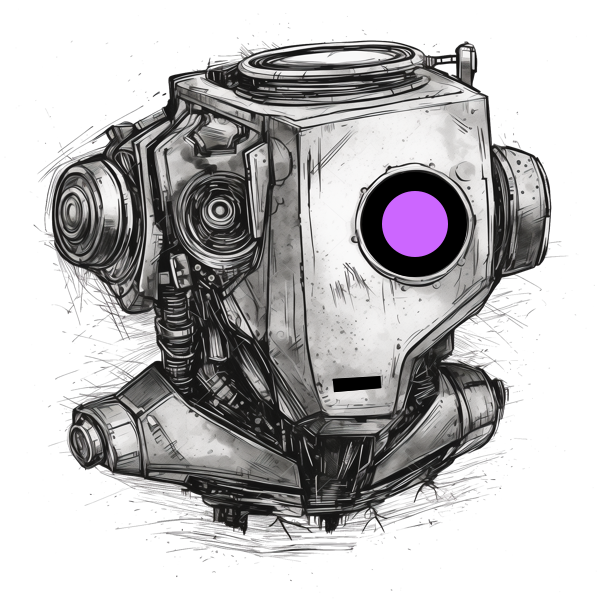“The notation is more important than the sound. Not the exactitude and the success with which a notation notates a sound; but the musicalness of the notation in its notating.” (Cornelius Cardew)
To listen to the recorded performances visit the Compositions page.
The Rivescape is a research project investigating and questioning the roles of composer and performer, the auditory nature of the medium of music, and the interdependency between the score and the performance.
The project originates in a series of paintings – riverscapes – sighted from above and abstracted to maps, graphically structured to serve as musical scores.
The musicians have accepted the commission to compose and perform the music based on the paintings-scores: Shira Legmann, Orr Sinay, Nitai Levi, Shaul Kohn, Tom Klein, Hovav Landoy.
Exposition
The scores created for the project, function in two media at the same time: the medium of painting and the medium of music. While serving as notations for musical compositions, the paintings don’t cease to be perceived as paintings. This creates the possibility of diffusion – the paintings take on musical intentionality, the music aspires to be a transliteration of the visuals.
The meaning shifts start with maps, dropping their purpose to describe a territory in favor of the aesthetic purpose of being pictures. In turn, the pictures, without abandoning their conventional role, take on the musical intent, serving as instructions for composing music.
The resulting score provides musicians with a form, a starting point, a key, a path, a possibility of composing the music. The paintings specify a flow of time but not limit it to any specific length. They also don’t restrict the ways of interpretation of the visual elements: shapes, sizes, colors, textures. The compositional technique is fully open, varying from improvisation, to preparing an intermediary self-score, to digital composing in post production.
The aims of the project can be reduced to three main points:
First: Attempting to construct a situation, where a performer becomes a composer by choosing to play a score. The score is indeterminate, yet it is sophisticated enough to make the transformation (player -> composer) easy by providing a formal structure, starting point and an inspiration.
Second: Trying to create a series of scores that can be perceived as self contained artifacts, possessing an aesthetic value of their own. I intentionally avoid saying “artistic” value, for the word “art” may mean different things for musicians and musical community and for the contemporary, post visual art-world community.
Third: Experimenting with reciprocal causal dependency between a self contained score and a self contained musical composition. That is, just as the painting serves a reason for a musical composition, in the same way the (future) musical composition serves a reason for creating a painting. We can call is a mutual automation.




